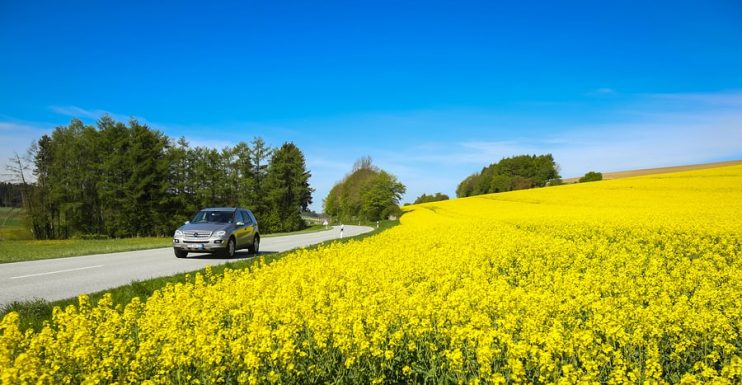
You’ve noticed the nights pullling out. The weather should theoretically be hotter and better. It’s very tempting to think about the Spring as the time of year when everything starts getting that little bit easier. But don’t be fooled into believing that spring driving is safer than the winter. There’s a whole other range of dangers on the road.
First up is the changeable weather. This can catch you out with sudden downpours and glaring sun. Always be prepared when you go out to keep your wits about you. However, there are actually a number of other points that sometimes get missed. What do you need to watch out for and how can you stay out of trouble?
Table of contents:
Looking After You
Spring changes all things in nature, and you are no exception. Here’s a couple of
driving tips that concern your behaviour and state behind the wheel:
Watch Your Speed
Did you know that there are less vehicle accidents in the winter, with the first months of spring coming in as some of the worst for car crashes in the UK? This is because drivers are less focused behind the wheel when the weather starts to become brighter and fresher.
The cold, dark winter appears to focus drivers and helps them keep to lower speeds and less risky or aggressive manoeuvres.
TIP: Try not to get careless simply because you have clearer and better visibility. Remember to stay focused as many other drivers will be more relaxed and potentially lax with their attention on the road.
Hay Fever
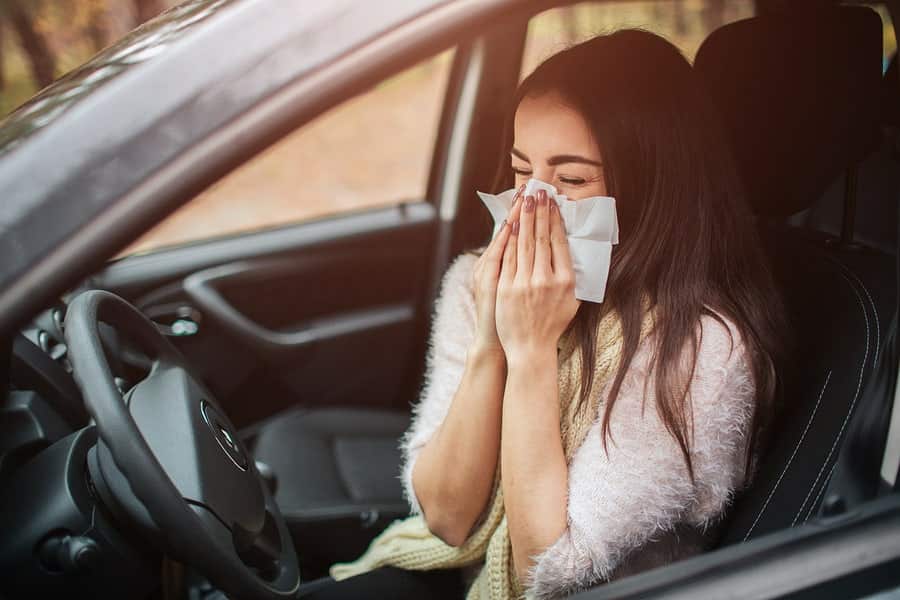
Spring means the bursting of life, the arrival of pollen, and with the change in the air, hay-fever. Sneezing behind the wheel at speed can cause you to travel significant distances with your eyes shut. Sniffing and coughing can be distracting too, as you clear your throat or wipe your nose with a tissue.
Allergy drugs can be a good solution to this problem, but these often have side effects including drowsiness behind the wheel. Driving whilst impeded by drugs can be dangerous and even illegal. Read our hay-fever guide for more information.
TIP: Always check the label on any medication to ensure that you’re not putting yourself or any other drivers on the road at risk.
Watching the Weather
Whilst the winter and summer months tend to be more predictable, it’s possible to be
caught out by rapidly changing conditions in the springtime. Be aware of the following conditions:
Rain and Showers
Spring is one of the worst months for rain and sudden downpours. You can be behind your wheel and by the time you’ve noticed a few drops you can be facing a torrential outburst. Visibility is reduced as you struggle to see through the deluge, and stopping distances are greatly increased with the danger of aquaplaning on the road.
And if rain follows a very dry spell of hotter weather, this can mean that road surfaces become more slippery with a mixture of oil and water.
TIP: As soon as rain starts, slow down. Increase your following distance in accordance with increased braking distances, in case you need to suddenly stop. Take the time to clean your windscreen, ensure that your wipers are working properly, and plan your manoeuvres with sufficient time.
If you don’t like driving in heavy rain then stay on top of the weather forecast to check conditions before you embark on any journey.
Water Pooling and Puddles
With rain there comes the added danger of heavy pooling and puddles on the road surface. Driving through these concentrations of water can cause your car to aquaplane, where your car’s tyres cannot filter away the water quickly enough, meaning you’re essentially floating on a thin layer of liquid.
Needless to say this is quite dangerous, and the loss of control it causes can lead to accidents.
TIP: Keep your speed low in wet conditions to reduce risk, but if you do feel that the water under your wheels is causing a loss of control, remember to keep a cool head. Ease off the brake and accelerator, and wait until the car slows and makes contact with the road once again.
Low Sun in the Sky
With a bit of brightness coming back and the sun sitting low in the sky, there’s a good chance you might get momentarily blinded when driving. Glare means reduced visibility and sometimes the sun has a funny way of creeping under your visor. Also remember that even if you are not blinded by the sun, other drivers might be, and this could create more dangerous conditions on the road.
TIP: Drive at slower speeds. Use the visor with sunglasses if needed, and if you wear glasses the think about buying glare proof lenses, if you don’t want to go the whole distance and get prescription sunglasses. And as with much of our advice, a slow and steady pace is always safer.
Flooding
In cases of extreme wet weather, and depending on the local terrain, flooding is possible. Large swathes of water can obstruct your journey or cause poor contact with the road. However, many cars are resilient to flooding, and with the appropriate care and attention to the highway, even these dangers can be navigated.
TIP: Be very cautious when crossing a flood, because the road underneath could have been washed away or damaged, and you could get stuck in a pothole or your car could slip under the flow of water. If you have any concerns at all about the depth or speed of water on the road, then do not take any risks and find an alternative route.
If you do need to cross a large pool of water, then put the car into low gear and use the clutch to maintain a high engine speed. If you’re in medium to heavy traffic avoid driving with close proximity to other vehicles, as this can cause bow waves, and remember to test your brakes when you’re out of the water.
Wind
Rain is not the sole cause of weather based disruption in the spring. Gusts and high wind speeds can be a dangerous hazard. Branches, debris and other stray objects including traffic cones and temporary road signage can get blown into the road. Extreme wind conditions can even cause pedestrians and cyclists to fall into the road and higher sided vehicles to topple.
TIP: As with torrential rain, take high wind speeds and gusts extremely seriously. Reduce your speed, drive with care and attention, and maximise your stopping distances to give yourself plenty of time to react and avoid potential dangers.
Other Road Users
You can always control your own actions whilst taking an appropriate degree of caution, but how can you plan for the behaviour of others using the road?

Motorbikes, Cyclists and Horse Riders
When the weather gets better, more people like to get out on the road. Everyone has their favourite mode of transport – ranging from bikes through to horses. And their own way of using the road. Cyclists need to be given space, whilst you’re best off slowing down to a crawl where horses are concerned to avoid startling these beautiful animals.
TIP: Get back into the habit of checking your blind spots before you pull out, and using your wing mirrors as well as your rear view mirrors before turning into junctions. Remember that driving alongside cyclists is likely to freak them out, so make sure you give them a whole lot more room, as simple actions like pulling into park or turning can be more hazardous.
And with horses staying calm behind the wheel is non-negotiable. Do not rev your engine or sound your horn, reduce your speed and make sure you give them a huge deal of space if you want to try passing.
Children
Even though children playing in the streets isn’t as common as it once was, don’t think for a moment that all the little faces are inside stuck to the iPad. Many children like to get out on the bike or play football in the street and are out with the first rays of serious sun.
TIP: Slow down around school zones. You really should be doing less than the max speed of 20mph in these areas. Children tend to mess around and get up to all kinds of things outside school and often forget the dangers of cars. You need to be extra vigilant.
It’s not only the youngest generation that you need to watch out for either. Smartphone obsessed teenagers may be too into their texting tunnel to notice what’s going on in the outside world, meaning you have to be their eyes and ears in these situations.
Animals
Spring has sprung, the grass is rising and the birds are in the sky. You’ll notice a proliferation of little creatures like rabbits and fawn deer rushing into the road. Not only is it upsetting if you accidentally hit an animal, it can cause damage to your vehicle.
TIP: Take it slow in rural areas or when driving through roads surrounded by woods. Sometimes unfortunately it is better to hit small animals, rather than attempt risky evasive action if you’re not 100% confident behind the wheel. Drivers and passengers have actually died or caused serious accidents by trying to avoid animals at speed.
Road Conditions
In the same way that the road gets icy and treacherous in the wintertime there are other conditions that are more likely to occur in the springtime. Keep vigilant and avoid the following risks:
Pot Holes
During the winter months, water can find its way into cracks in the road and then when it freezes, it expands causing fragmentation and fissures in the top surface of the road. Over time this process can lead to holes that impact your driving and handling, causing damage to your suspension, throwing out wheel alignment and taking chunks out of your tyres.
TIP: Keep your distance from the vehicle in front, allowing you to see those axle breaking and wheel bending holes. You’ll also be able to avoid stones that are kicked off the car in front’s tyres.
If you do experience loss of a wheel or a blown out tyre because of a pot hole, then take a photo of the offending hole and send it off to the authorities and they will often compensate you for the damage.
Roadworks
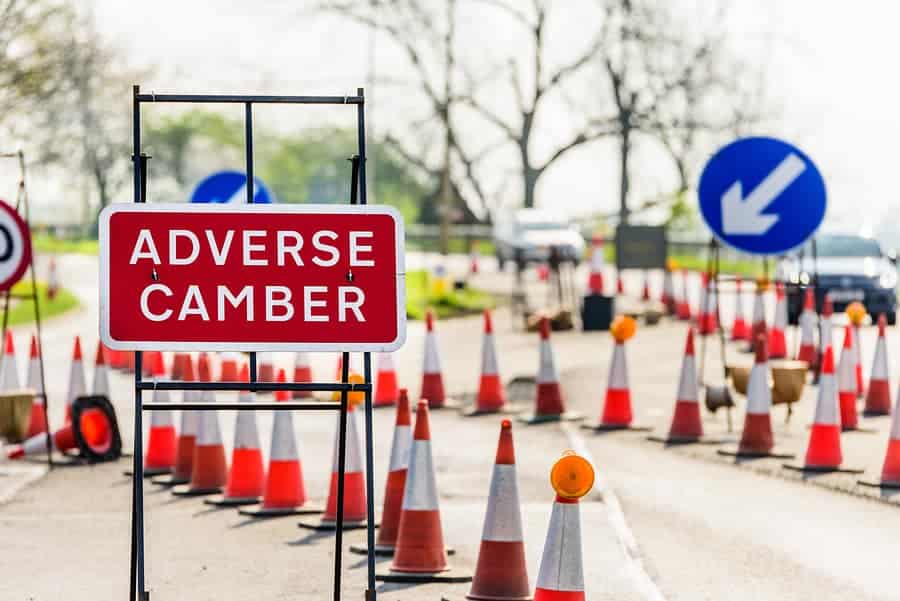
Councils and highway administrators rarely put on any kind of works in the winter, but then activity often resumes or begins with force in the spring months. Keeping clear of major delays ensures that you reach your destination on time.
TIP: If possible plan your route early and check for delays, diversions and roadworks. Ensure that you know alternative roads before you start and even consider heading off early to avoid the rush if you don’t have any alternatives.
And Finally…
Remember your maintenance basics. Keep your car well looked after and remember that even those small details like replacing your winter tyres and checking your wiper blades are working properly. It’s often a good idea to clean your vehicle down and give it a good spring dust up and you might find it gives you a fresher feeling on the road.
Drive safe, remain calm and enjoy your time behind the wheel. Distraction is one of the top causes of traffic crashes. Remember to keep your eyes on the road and let your passengers enjoy all the emergent sights, sounds and feelings of spring.

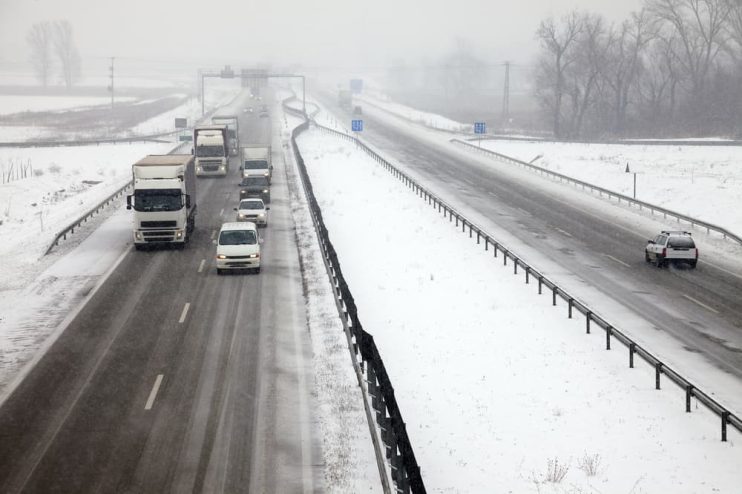
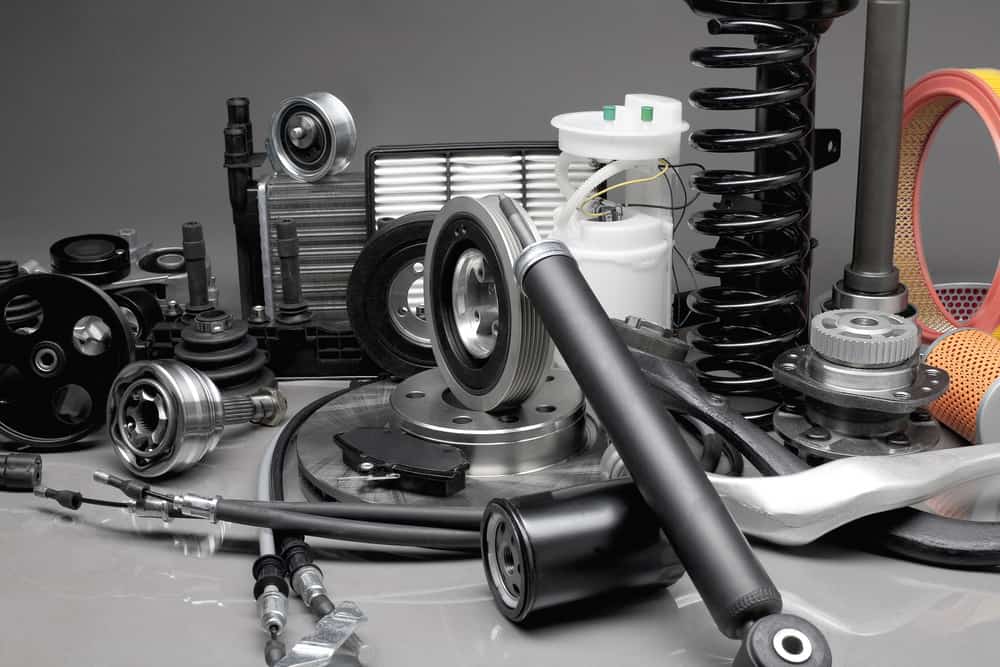

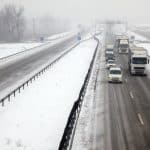






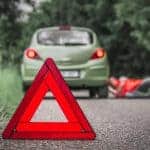

.png)